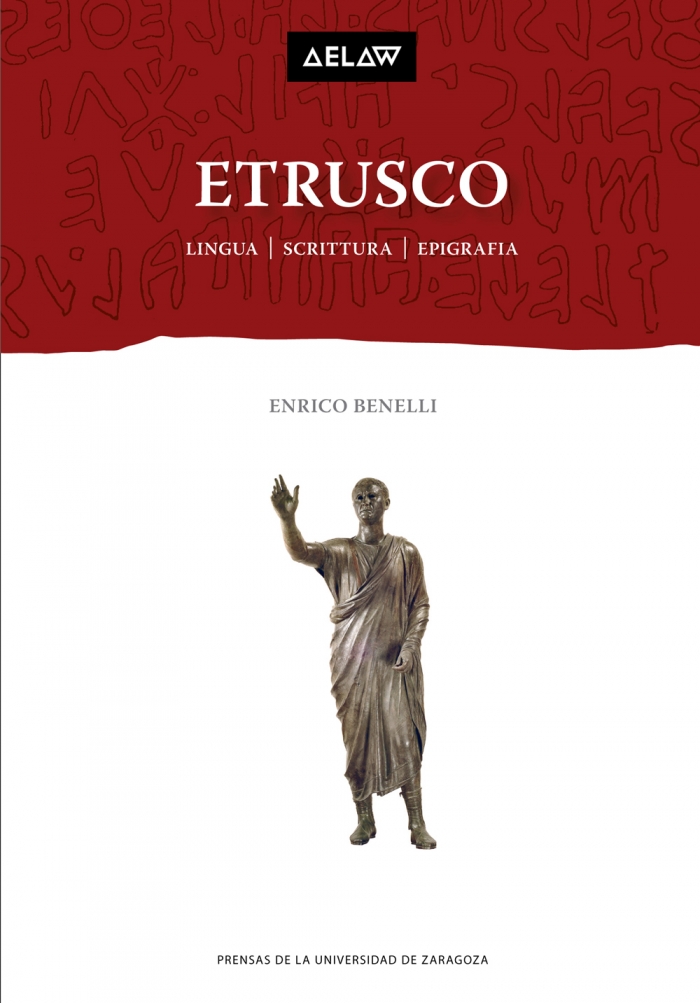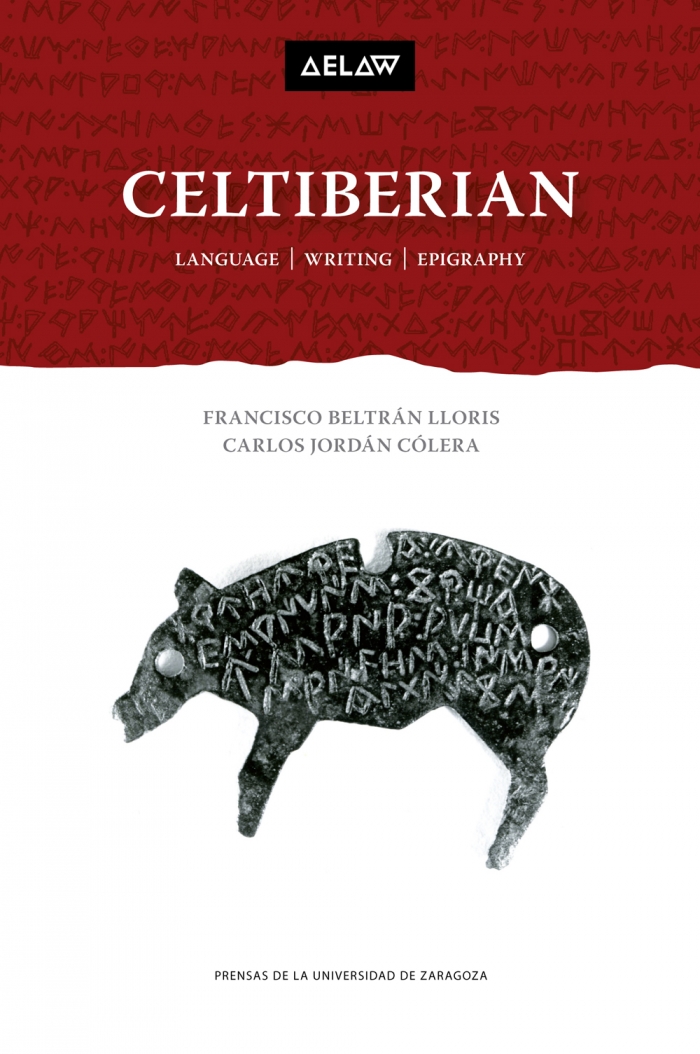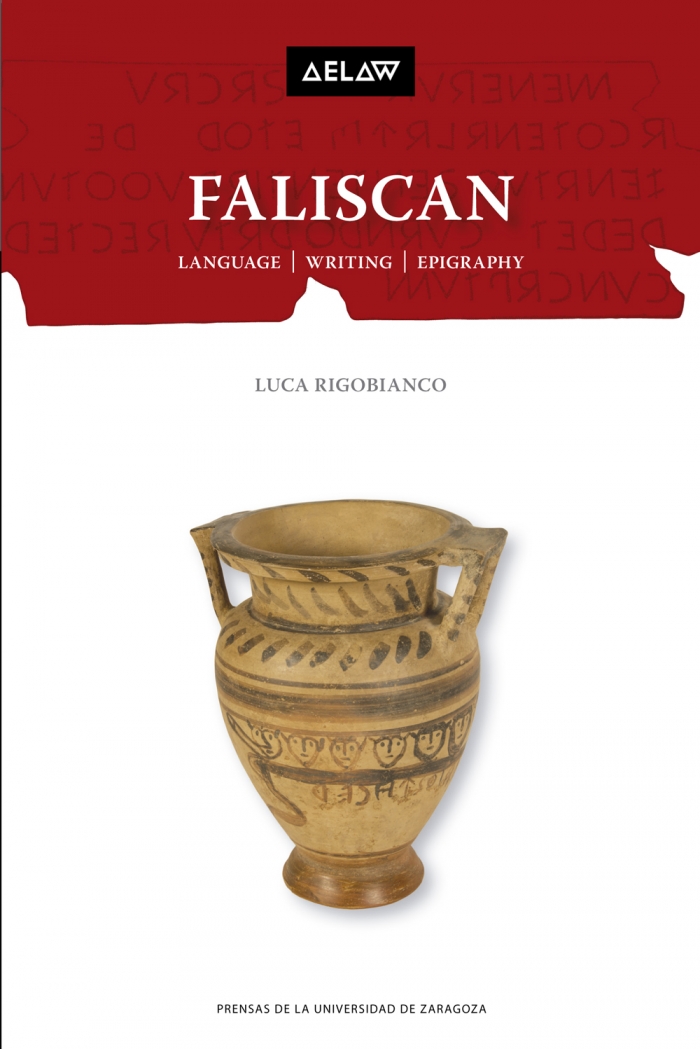 The latest in a series of booklets from the University of Zaragoza Press explores the Cisalpine Celtic language. It is part of a series of fascinating volumes compiling material about ancient European languages, a resource that could prove very useful to Pagans and polytheists interested in understanding more about ancient language use and pronunciation.
The latest in a series of booklets from the University of Zaragoza Press explores the Cisalpine Celtic language. It is part of a series of fascinating volumes compiling material about ancient European languages, a resource that could prove very useful to Pagans and polytheists interested in understanding more about ancient language use and pronunciation.
The series has been realized by the collaborative work of the AELAW project, an acronym for “Ancient European Languages And Writings.” The project aims to coordinate international research focused on “the study of the different ancient European languages and writings.” The project is funded by the European Union through its European Cooperation in Science and Technology Program.
Historically, the Roman Empire both elevated the literacy rate across parts of Europe, but it also laid the groundwork for the linguistic extinction of many languages, as Latin became not only the lingua franca across the empire but also the foundation of many modern languages like Spanish. A similar process occurred with Koine and Medieval Greek during the Hellenistic and the Byzantine periods, primarily within the Balkan Peninsula and some adjoining regions.
These supra-regional languages coexisted with local languages and endured for centuries. But as with modern language extinction, the political and economic benefits in the use of a powerful language draws users to it the over preservation of locally used languages.
“The result of this coexistence in western Europe,” states AELAW, “was the triumph of the Latin language and alphabet with varied results for the local languages: in some cases extinct at the beginning of our Era (Etruscan or Iberian) and in other cases conserved until the end of the Ancient period (Gallic or Punic) or, exceptionally until today (Basque).”
Studying these ancient languages requires highly specialized skills. “Research into [these languages] requires specialists in historical and philological-linguistic matters,” AELAW notes, “and these suffer from a pronounced geographical dispersion according to their geographical field of study (Gaul, Hispania Italy, the North of Africa) or to their corresponding linguistic family (Latin, Celtic, Italic, other minor Indo-European branches, Basque,” and so on.
The AELAW project, which began about 6 years ago, has been able to organize meetings, workshops, and training seminars on these ancient languages. The most recent conference concluded last year looked at Paleo-European writings and orthography based upon epigraphy.
Epigraphy refers to the scientific study of inscriptions as writing. These inscriptions are called epigraphs, the science of which involves clarifying their meanings and classifying their uses based upon dates and available cultural contexts.
The 20 ancient and fragmentary European languages being studied by AELAW have been preserved in some 20,000 artifacts that range from writings on stone or pottery to writings on metals such as copper and lead.
The project has been tasked with conserving these artifacts by building a team of researchers who can effectively organize an online databank that catalogs all the currently known epigraphs in ancient European languages.
The database is functional and available for online research. It is searchable by language, texts, typology of objects, and writing system. Unfortunately, images are not returned in the database searches, but information about the objects, including their location is available.
The project has also been releasing a series of extraordinary booklets from the University of Zaragoza Press about ancient languages. The latest of these is Cisalpine Celtic: Language, writing, epigraphy by Professor David Stifter.
These booklets are vividly illustrated and present a concise overview of much of what is currently known about the ancient languages profiled. They serve as “an introduction to what is known about the grammar and the lexicon of these languages, how to read the script and how to interpret the various types of inscriptions.”
In addition to Cisalpine Celtic, the current offerings include Celtiberian, Etruscan, Faliscan, Gaulish, Iberian, Lusitanian, and Raetic. Previews for some of the books are available on Google books through the University of Zaragoza Press website for the AELAW booklets. “These booklets have been conceived as didactic material for university students but are also accessible to the general public,” states AELAW.

Sample epigraph analysis from Cisalpine Celtic. Language, writing, epigraphy by David Stifter [AELAW]
The AELAW site offers a trove of linguistic information beyond the books themselves. Their blogs cover all of the ancient languages and explore their use and development.
For example, from the booklet on the language, we learn that Celtiberian “is the only pre-Roman language directly attested on the Iberian Peninsula whose Celtic identity is not in doubt” (Lloris & Cólera, 2017).
Last week on AELAW’s blog, Cornago writes that “The Celtiberian S is a new letter, created by the Celtiberians to write their own language with the Latin alphabet. The creation of a new sign presupposes that the Celtiberians who used the Latin alphabet to write their language felt that that system of writing was limited for their purposes. They ascertained that the Latin alphabet lacked a specific sign for representing one or several of the sounds in their language, presumably those represented as sigma in Palaeohispanic writing. They tried to resolve this absence with the creation of a new sign: they added a stroke below the S.”
The books are available in Spanish and English and cost €10 (about US$12).
The Wild Hunt is not responsible for links to external content.
To join a conversation on this post:
Visit our The Wild Hunt subreddit! Point your favorite browser to https://www.reddit.com/r/The_Wild_Hunt_News/, then click “JOIN”. Make sure to click the bell, too, to be notified of new articles posted to our subreddit.



